
Harmonizing Air Traffic Operations from Gate-to-Gate Metron Harmony is an advanced, integrated Air Traffic Flow Management (ATFM) solution with capabilities that provide strategic, pre-tactical and tactical efficiency, post operations metrics and performance analysis of air traffic operations for Air Navigation Service Providers (ANSP), aircraft operators and airport authorities.
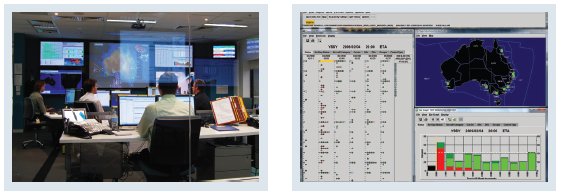 Metron Harmony s ATFM solution provide an integrated view of system-wide operations for gate-to-gate optimization.
Metron Harmony s ATFM solution provide an integrated view of system-wide operations for gate-to-gate optimization.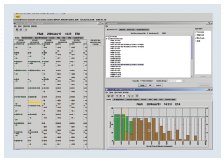
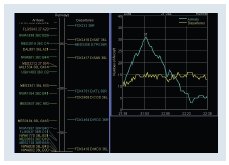
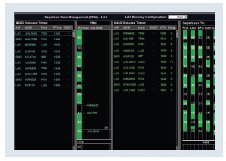
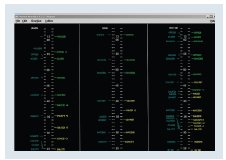
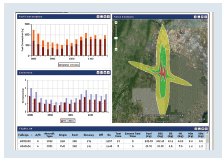
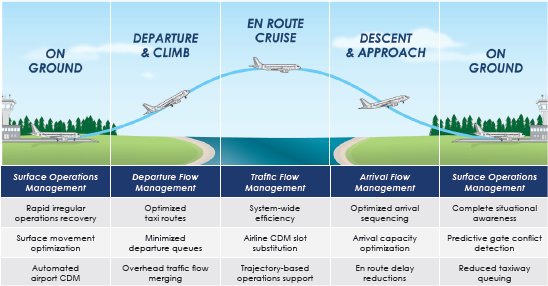
With a focus on improving overall system efficiency and predictability, while enhancing safety, Metron Harmony delivers the necessary information to stakeholders for the benefit of the entire air traffic system. Metron Harmony supports the following operational domains associated with gate-to-gate operations, which can be deployed together or independently:
- Strategic, pre-tactical and tactical traffic flow management through slot allocations and Calculated Takeoff Times (CTOT);
- Pre-tactical and tactical departure management for merging into an en route stream or to a common departure fix;
- Pre-tactical and tactical aircraft sequencing, scheduling and runway allocations to meet airport arrival operating constraints;
- Pre-tactical and tactical airport surface management for optimizing operations;
- Fuel, emissions and noise impact modeling, monitoring and reporting;
- Operational and post operations metrics and performance analysis.
Metron Harmony is an advanced, integrated Air Traffic Flow Management (ATFM) solution consisting of the following modules:
Metron Harmony provides a framework for exchanging data among users who share the need for a common view of air traffic flow operations. Metron Harmony serves as the foundation for ATFM and regional coordination, working within and across multiple airports, Flight Information Regions (FIR) and ANSPs. Using proven ATFM techniques, Metron Harmony improves efficiency and predictability, while enhancing safety. When an imbalance exists between air traffic demand and capacity, users are able to model and implement ATFM initiatives to most effectively resolve the issue. Metron Harmony fully supports CDM goals and processes. While air traffic managers have the ability to model different scenarios to identify which alternatives yield optimal solutions for capacity/demand imbalances, aircraft operators can exchange slots between their flights in real time or make other flight adjustments based on the initiative, thereby optimizing their use of the overall capacity created through air traffic management.
Metron Harmony provides the ANSP, aircraft operators and airport operators with surface operations management that maximizes surface utilization and enhances safety while minimizing delays and fuel burn. The predictive modeling capability uses current and forecasted airport surface demand to estimate congestion at resources such as runways, taxiways, ramp areas and parking gates. Metron Harmony provides a system-wide view of the surface, departure, en route and arrival demand on resources, thus optimizing total gate-to-gate performance. With its advanced predictive engine, Metron Harmony calculates forecasted operations on a per flight basis, including off block and in block times, runway times, spot times and taxi times. Advanced features support not only tactical control of surface operations, but also strategic surface planning with longer time-horizons and aggregate forecasts.
Metron Harmony increases departure flow efficiency by streamlining the coordination of departures from runways to congested airspace resources (e.g., fixes, FIR boundaries, destination airports, airways) through automation, decision support and communication capabilities between the Air Traffic Control Towers (ATCT), terminal ANSP elements, and Area Control Centers (ACC). Metron Harmony assists in the release of aircraft departures from an airport by providing CTOT, sequencing of departures, balancing departure fix loads, merging departures into the overhead en route stream and coordinating arrival and departure operations.
Metron Harmony provides time-based sequencing and scheduling advisories for arrival traffic consistent with airport, terminal and en route constraints. When more than one runway is available for arrivals, Metron Harmony provides runway allocations consistent with the efficient use of all available resources and defined constraints. When delays are necessary to satisfy the schedule, Metron Harmony allocates delay to specific controller positions to account for overall system efficiency, controller workload, integration with performance based navigation routes and the uncertainty associated with predictive scheduling. Metron Harmony constantly adapts to a changing operational situation, such as controller actions, revised operational capacity, re-prioritization and weather impacts.
Metron Harmony provides ANSPs, aircraft operators, airport operators and other stakeholders with modeling, monitoring, assessment and planning to fully understand the environmental impact of all aircraft in the airport, terminal and en route domains. Metron Harmony uses surveillance information, historical data and future scenario models to estimate fuel usage, CO2 production, emissions and noise contours.
The most significant aspect of Metron Harmony is the realization of gate-to-gate integrated ATFM, including Collaborative Decision Making (CDM) functionalities, through the active engagement of system stakeholders across the aviation community. Specific displays, system interfaces and business rules encourage information sharing between active participants, including Air Traffic Control (ATC) facilities, aircraft operators, airport operators and the flying public. The goal is to enable decision making by providing the right information to the right people at the right time. The power of Metron Harmony comes from merging more than just data, but combining actual real-time information across multiple domains. For example, a traffic flow manager can see actual surface congestion and predicted departure delays while determining the best capacity and slot allocations at an airport. Additionally, tactical departure and arrival coordinators can see pre-tactical slot allocations and prioritize delayed aircraft. The combination of this information enables advanced decision support without the negative effects of stove-piped systems and silos of information.




.jpg)


.png)

